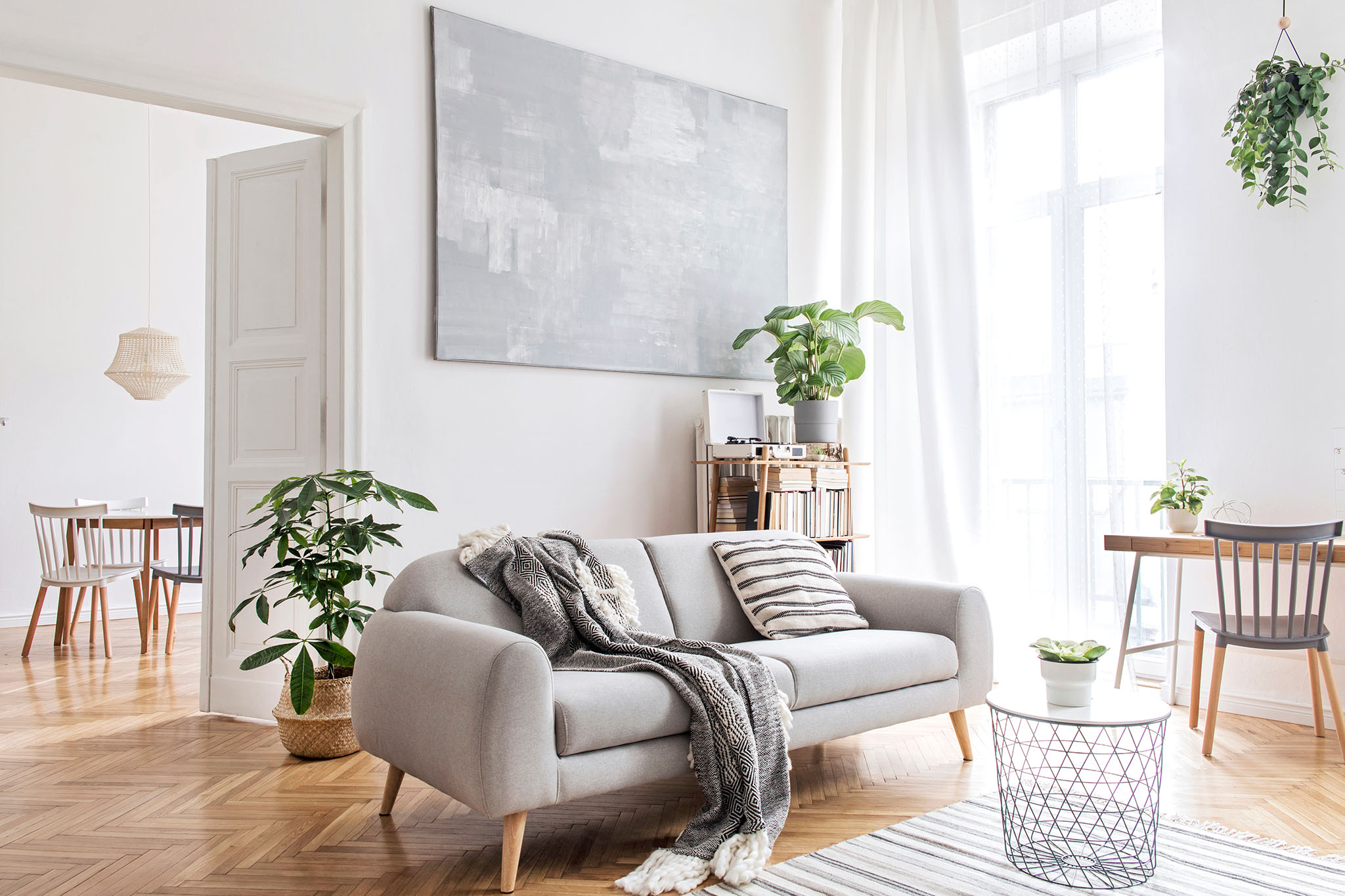Average living room size
The average living room size in a home can vary depending on the location and layout of the house. However, the standard size for a living room is usually between 200 and 300 square feet. This provides enough space for comfortable furniture placement and movement, while also allowing for some extra room for decor and accessories.
Standard living room size
The standard living room size is typically determined by the size of the home or apartment. In general, the larger the home, the larger the living room will be. For example, a small apartment may have a living room as small as 150 square feet, while a large family home may have a living room over 400 square feet.
Living room dimensions
When considering the ideal living room size, it's important to also consider the dimensions of the room. The most common dimensions for a living room are 12 feet by 18 feet, which equates to around 216 square feet. However, this can vary depending on personal preferences and the layout of the home.
Living room square footage
The square footage of a living room is an important factor to consider when designing the space. A good rule of thumb is to aim for at least 10% of the total square footage of the home for the living room. For example, if a home is 2,000 square feet, the living room should be around 200 square feet. This allows for a spacious and comfortable living area.
Living room space
When it comes to living room size, it's not just about the square footage, but also the overall space and layout. A living room should have enough space for furniture placement, comfortable traffic flow, and additional space for decor and personalization. It's important to consider the space needed for each individual item in the room, such as a sofa, coffee table, and entertainment center.
Living room area
The living room is often the main gathering area in a home, where family and friends come together to relax and socialize. As such, it's important to have enough room to comfortably accommodate everyone. The size of the living room can also be influenced by the type of activities that will take place in the space, such as watching TV, playing games, or hosting parties.
Living room measurements
When designing a living room, it's crucial to take accurate measurements to ensure that the space is utilized efficiently. This includes measuring the length and width of the room, as well as the height of the ceiling. These measurements can help determine the size and placement of furniture, as well as any potential limitations or obstacles in the room.
Living room size guide
While there is no one-size-fits-all guide for living room size, there are some general guidelines to consider when determining the ideal size for your space. The room should be large enough to comfortably fit furniture, have enough space for movement, and allow for some extra room for personalization. It's also important to consider the overall size and layout of the home when determining the living room size.
Optimal living room size
The optimal size for a living room can vary depending on personal preferences and the specific needs of each individual. Some people may prefer a smaller, cozier living room, while others may want a larger, more open space. It's important to consider the overall functionality and comfort of the room when determining the optimal living room size.
Living room size calculator
If you're unsure of the ideal size for your living room, there are various online calculators available to help you determine the appropriate dimensions. These calculators take into account the size of your home, the number of people living in the house, and the desired use of the living room. This can be a helpful tool in finding the perfect size for your living room.
The Importance of an Ideal Living Room Size

Creating a Comfortable and Functional Space
 When designing a house, one of the most important factors to consider is the size of the living room. This is the space where we spend most of our time with family and friends, and it sets the tone for the entire house. An ideal living room size is crucial for creating a comfortable and functional space that meets the needs and preferences of the homeowners. It not only impacts the aesthetics of the house, but it also plays a significant role in our daily lives.
Size Matters
The size of the living room is a major determining factor in the overall design of the house. It is important to strike a balance between the size of the living room and the size of the house. A living room that is too small can make the house feel cramped and uncomfortable, while a living room that is too large can make the house feel empty and impersonal. A well-designed living room should feel spacious and inviting, while also being functional and efficient.
Functionality and Flexibility
An ideal living room size allows for flexibility in its use. Whether it's for relaxing, entertaining, or spending quality time with family, the living room should be able to cater to different activities and needs. A larger living room can accommodate more seating and storage options, while a smaller living room may require more creative solutions for space optimization. Additionally, having ample space in the living room also makes it easier to rearrange furniture or add new elements without feeling cramped.
Creating the Right Atmosphere
The size of the living room also affects the overall atmosphere of the house. A well-proportioned living room can make the house feel warm and welcoming, while a poorly sized one can make it feel cold and uninviting. It is important to consider the layout and flow of the living room in relation to the rest of the house. A larger living room can also accommodate more natural light and airflow, creating a brighter and more airy environment.
When designing a house, one of the most important factors to consider is the size of the living room. This is the space where we spend most of our time with family and friends, and it sets the tone for the entire house. An ideal living room size is crucial for creating a comfortable and functional space that meets the needs and preferences of the homeowners. It not only impacts the aesthetics of the house, but it also plays a significant role in our daily lives.
Size Matters
The size of the living room is a major determining factor in the overall design of the house. It is important to strike a balance between the size of the living room and the size of the house. A living room that is too small can make the house feel cramped and uncomfortable, while a living room that is too large can make the house feel empty and impersonal. A well-designed living room should feel spacious and inviting, while also being functional and efficient.
Functionality and Flexibility
An ideal living room size allows for flexibility in its use. Whether it's for relaxing, entertaining, or spending quality time with family, the living room should be able to cater to different activities and needs. A larger living room can accommodate more seating and storage options, while a smaller living room may require more creative solutions for space optimization. Additionally, having ample space in the living room also makes it easier to rearrange furniture or add new elements without feeling cramped.
Creating the Right Atmosphere
The size of the living room also affects the overall atmosphere of the house. A well-proportioned living room can make the house feel warm and welcoming, while a poorly sized one can make it feel cold and uninviting. It is important to consider the layout and flow of the living room in relation to the rest of the house. A larger living room can also accommodate more natural light and airflow, creating a brighter and more airy environment.
In Conclusion
 When it comes to designing a house, the size of the living room is a crucial element that should not be overlooked. It sets the foundation for the overall design and atmosphere of the house, and plays a significant role in our daily lives. An ideal living room size strikes a balance between functionality, flexibility, and aesthetics, creating a comfortable and welcoming space for all.
When it comes to designing a house, the size of the living room is a crucial element that should not be overlooked. It sets the foundation for the overall design and atmosphere of the house, and plays a significant role in our daily lives. An ideal living room size strikes a balance between functionality, flexibility, and aesthetics, creating a comfortable and welcoming space for all.






















































/AmyCooper-MarcellaAlanAfter1-5bef478326874b728b526bac19649802.jpg)




































:max_bytes(150000):strip_icc()/ButterflyHouseRemodelLivingRoom-5b2a86f73de42300368509d6.jpg)
